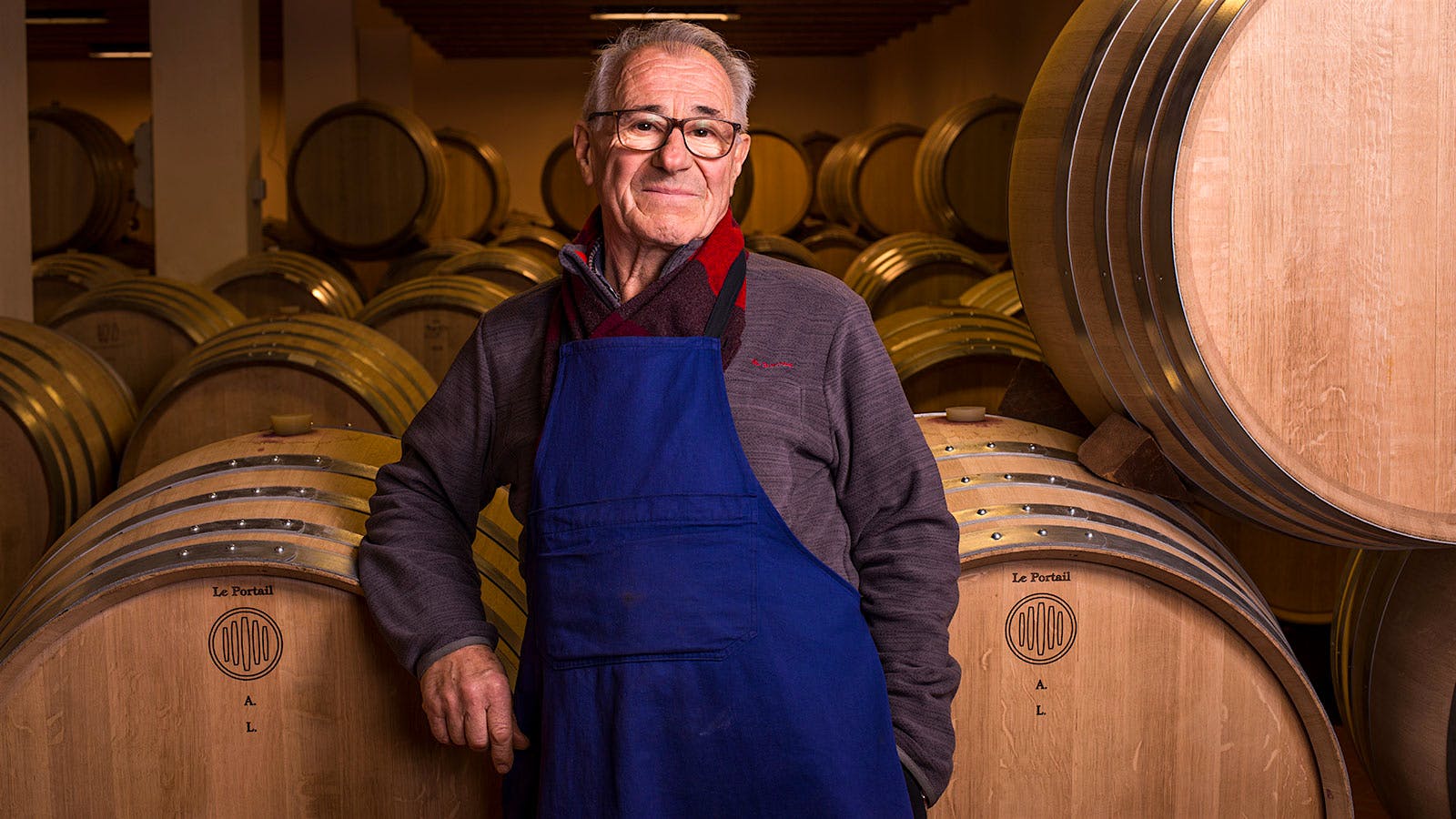Products You May Like
Luciano Sandrone, a vintner who was part of a movement to elevate quality in Barolo for more than four decades, died yesterday after a lengthy battle with cancer. He was 76.
Sandrone built his wine business from a tiny 2.5-acre parcel in the appellation of Cannubi to 67 acres stretching from Barolo to Serralunga d’Alba and neighboring Roero. He manged to achieve global success while he oversaw a family business that now spans three generations.
“We lost not only a great winemaker but a very good man,” said Chiara Boschis, owner of E. Pira winery in Barolo and, like Sandrone, one of the group of young winemakers who shook up the region with new techniques and ideas in the 1980s and ’90s. “I always had great respect for Luciano, and admired him a lot for his focus on quality that gave him incredible achievements. He has been an important example and inspiration for me and many other winemakers.”
Sandrone came from a family of carpenters in La Morra, one of the 11 communes in the Barolo denomination. An allergy to sawdust and an interest in agriculture led him to start working at the Borgogno winery at the age of 17. It was there he met his wife Mariuccia. After military service, Sandrone joined the Marchesi di Barolo winery, where he eventually became the cellar master.
In 1978, he acquired a small parcel in Cannubi Boschis; after the harvest, he and Mariuccia made 1,500 bottles in a garage under their home. During the Vinitaly international wine fair in 1981, he met importer Marco de Grazia, who was impressed with the wines and offered to buy the entire production for the U.S. market. Sandrone sold him half, selling the rest to a Swiss importer. Despite the success of his first vintage, Sandrone continued to work at Marchesi di Barolo until 1990.
Sandrone gained acclaim as one of the so-called “Barolo Boys,” young Barolo producers who tried new ideas and learned from other wine regions. The group, corralled by de Grazia, included Elio Altare, Domenico Clerico, Giorgio Rivetti and Enrico Scavino of Paolo Scavino. Sandrone may have not been bound by tradition, but he didn’t opt for modern techniques like rotary fermenters and small barriques for aging.
“Luciano and I worked together from day one and for roughly 25 years,” de Grazia told Wine Spectator. “He was an innovator, and yet curiously attached to, and reluctant to criticize, many expressions of tradition, particularly those tied to the vineyard management of fine elderly vignerons. Gifted with a fine palate and a deep vision, he crafted a balance in his wines very early on, and neither wavered nor ever lost his way. His wines always expressed power and tenderness.”
Today, in addition to the original Cannubi Boschis, the winery produces a Barolo Le Vigne, a blend of parcels from the communes of Novello, Monforte d’Alba, Barolo, Serralunga d’Alba and Castiglione Falletto; a Nebbiolo d’Alba from the Valmaggiore vineyard in Roero; a Barbera and a Dolcetto. Sandrone’s last project, the result of 30 years of research and experimentation, is Barolo Vite Talin, made from a biotype of Nebbiolo he discovered in the Le Coste MGA in the 1980s. He planted cuttings over the years and was finally satisfied enough with the results to release the 2013 vintage.
“Luciano was a wise person, humble but sure of himself and with his own ideas,” Scavino told Wine Spectator. “Together with him and other producers we often met to discuss and taste our wines and wines from other regions of the world together. There was an honest exchange of views that helped each of us broaden our horizons. His judgment mattered a lot.”
As much as he loved his vines and making wine, Sandrone was at heart a family man. His brother Luca joined him in 1992 to manage the vineyards, and daughter Barbara manages the commercial aspects of the business. With the 2013 vintage, Sandrone dedicated his beloved Cannubi Boschis bottling to his grandchildren, Alessia and Stefano, relabeling the Barolo “Aleste,” a contraction of their names.
The business will continue under the leadership of Luca and Barbara. Alessia has joined Luca in the cellar and Stefano is studying business at university in Turin.
